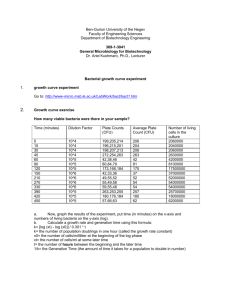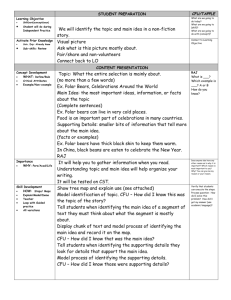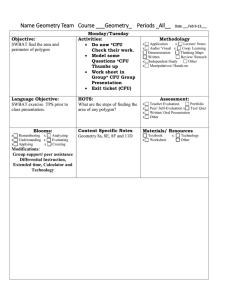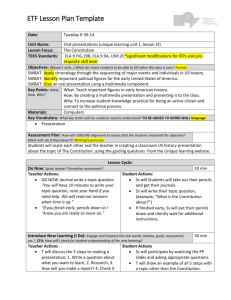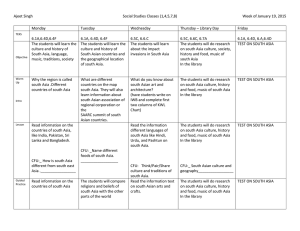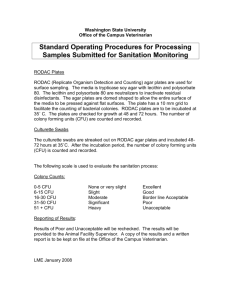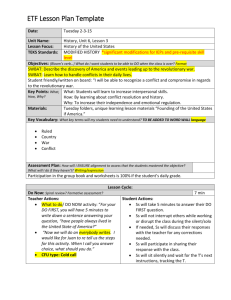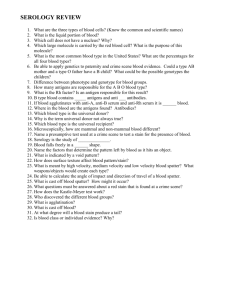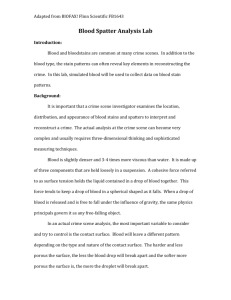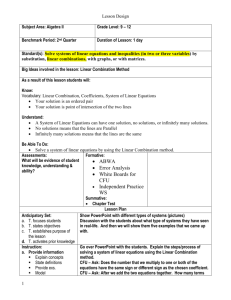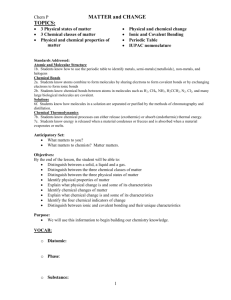BLOOD SPATTER WHY IS IT IMPORTANT? LESSON PLAN FOR
advertisement
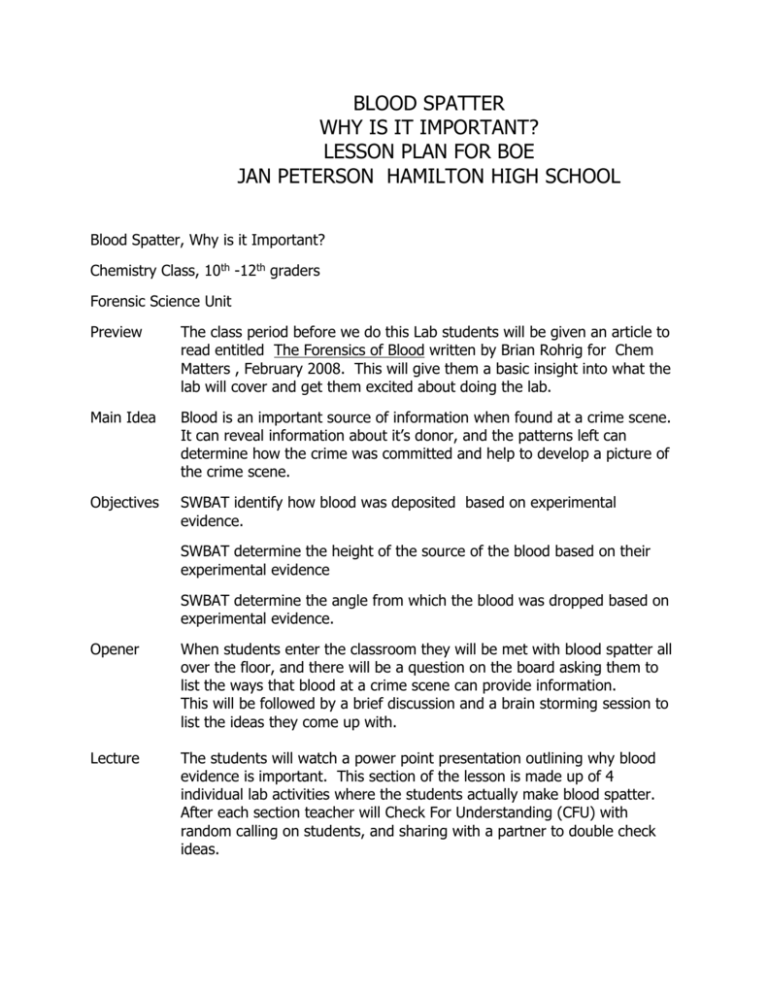
BLOOD SPATTER WHY IS IT IMPORTANT? LESSON PLAN FOR BOE JAN PETERSON HAMILTON HIGH SCHOOL Blood Spatter, Why is it Important? Chemistry Class, 10th -12th graders Forensic Science Unit Preview The class period before we do this Lab students will be given an article to read entitled The Forensics of Blood written by Brian Rohrig for Chem Matters , February 2008. This will give them a basic insight into what the lab will cover and get them excited about doing the lab. Main Idea Blood is an important source of information when found at a crime scene. It can reveal information about it’s donor, and the patterns left can determine how the crime was committed and help to develop a picture of the crime scene. Objectives SWBAT identify how blood was deposited based on experimental evidence. SWBAT determine the height of the source of the blood based on their experimental evidence SWBAT determine the angle from which the blood was dropped based on experimental evidence. Opener When students enter the classroom they will be met with blood spatter all over the floor, and there will be a question on the board asking them to list the ways that blood at a crime scene can provide information. This will be followed by a brief discussion and a brain storming session to list the ideas they come up with. Lecture The students will watch a power point presentation outlining why blood evidence is important. This section of the lesson is made up of 4 individual lab activities where the students actually make blood spatter. After each section teacher will Check For Understanding (CFU) with random calling on students, and sharing with a partner to double check ideas. Experiments Lab #1 Students use dropper bottles filled with fake blood to test the patterns made from different heights. CFU Quick quiz questions. Teacher CFU check with random students Lab #2 This lab is experimentation to see how drops behave when they land on top of one another. CFU Quick quiz review questions Teacher CFU Check with random students Lab#3 CFU This lab explores how motion affects the drops. Students drop blood on paper from slow, normal and fast walking speeds, then analyze the results. Quick quiz to review Teacher CFU Random check with students Lab#4 This activity explores the idea of how the angle that the blood hits the paper affects the shape of the drops. Students drop blood from predetermined angles to observe how the drops are affected. CFU Quick quiz reviewing concepts of entire lab. Teacher CFU Discussion of lab with students and teacher calling on random students. During these activities teacher will move around class giving assistance where it is needed. Assessment There will be two assessments for this lab. One will be the write up for the lab and another will be the assigned the next class period. Teacher will have a crime scene description and the students will work with a partner to determine what evidence they can collect from the blood left at the scene. They will do this using the information they gained from the labs, and write a complete report explaining their conclusions. Resources Article www.acs.org/chemmatters Lesson www.sciencespot.net/pages/classforsci.html#blood
